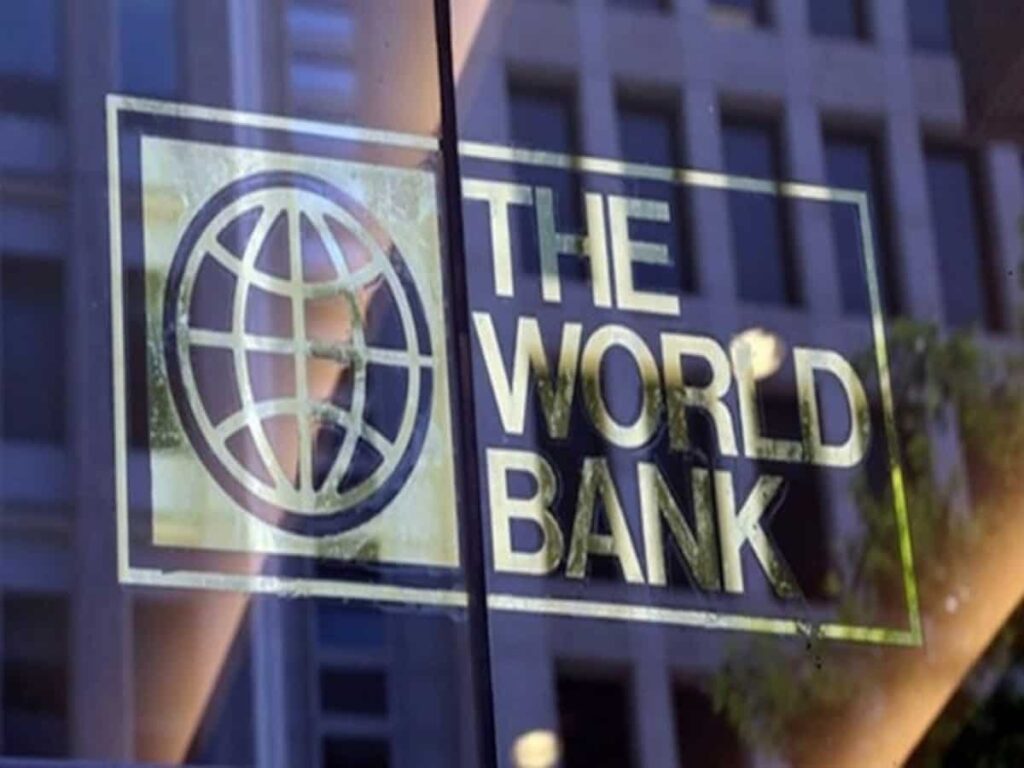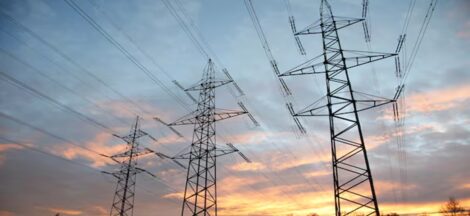NEW DELHI: In order to reach high-income status by 2047, India needs to grow at an average of 7.8 per cent over the next 22 years as under a “business as usual’ scenario, it will experience tangible welfare gains but still fall short of its ambitions, the World Bank said in a report on Friday.
The report, titled “Becoming a high-income economy in a generation”, notes that the target is possible if India undertakes “accelerated reforms”.
“In the past three financial years, India has accelerated its average growth rate to 7.2 per cent. In order to maintain this acceleration and attain an average growth rate of 7.8 per cent over the next two decades, the Country Economic Memorandum recommends four critical areas for policy action,” the global lender said.
These policy actions include raising the investment to 40 per cent of gross domestic product (GDP) by 2035, led by an equal contribution of information, communication and technology (ICT), and physical capital. This can be achieved by actions such as strengthening financial sector regulations, removing constraints to formal credit for micro, small, and medium enterprises (MSMEs), and simplifying foreign direct investment (FDI) policies.
Besides, women’s participation in the workforce should increase to 55 per cent by 2050. The report recommends incentivising the private sector to invest in job-rich segments like agro-processing manufacturing, hospitality, transportation, and care economy, which requires targeted strategies for labour-intensive sectors, a bigger skilled workforce, greater access to finance, and fostering an innovation-driven economy.
The report further notes that allocation of land, labour, and capital to more productive sectors like manufacturing and services can help raise firm and labour productivity, along with enabling states to grow faster and together.
“It is challenging but possible, as some countries have managed to raise investment and TFP (total factor productivity), improve human capital, and boost women’s participation in the workforce at the implied speed and scale,” the report notes.
Meanwhile, a “business as usual” scenario implies that the momentum of reforms remains strong, though the investment only reaches 37 per cent of GDP by 2035, the female labour force participation rate (FLFPR) increases to 45 per cent by 2045, and TFP growth is assumed to peak at 2.7 per cent by the beginning of the next decade prior to moderating thereafter.
“In this scenario, growth averages 6.6 per cent per year, which is still insufficient to achieve high-income status by 2047,” the report says.
Auguste Tano Kouame, the World Bank country director, said that lessons from countries like Chile, Korea and Poland show how they have successfully made the transition from middle- to high-income countries by deepening their integration into the global economy.
“India can chart its own path by stepping up the pace of reforms and building on its past achievements,” he added. The report also paints a picture of a scenario in which a slowdown in reforms relative to “business as usual” would bring growth below 6 per cent, on average, until 2047.
In this, the investment-to-GDP ratio will peak at 35 per cent in 2035 and then moderates, the FLFPR does not improve, and the TFP growth peaks at 2.5 per cent by the beginning of the next decade.
Source: Business Standard




 India’s GDP Growth Picks Up To 6.2% In Q3; FY25 Projection Now 6.5%
India’s GDP Growth Picks Up To 6.2% In Q3; FY25 Projection Now 6.5% 